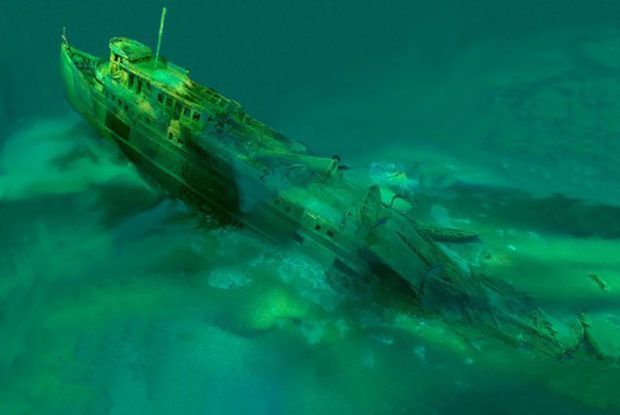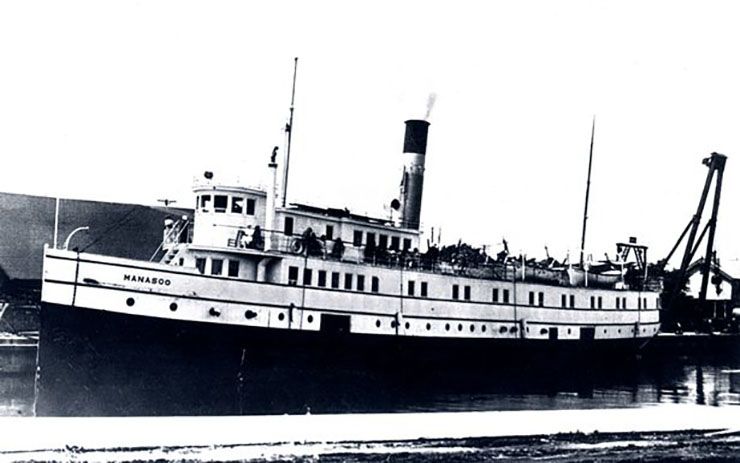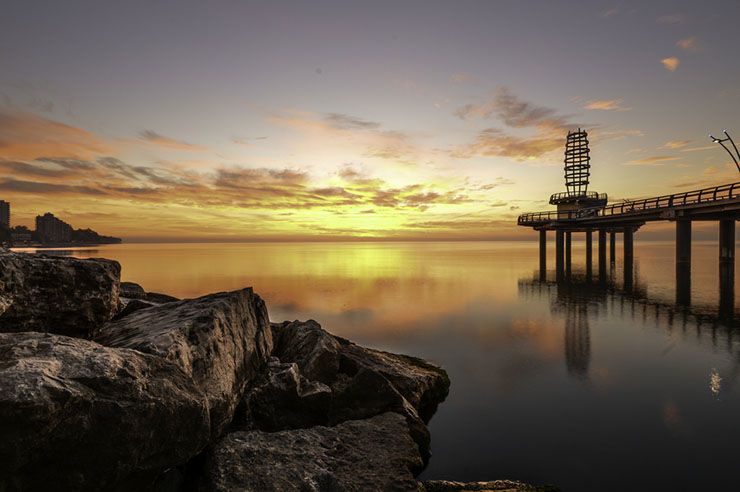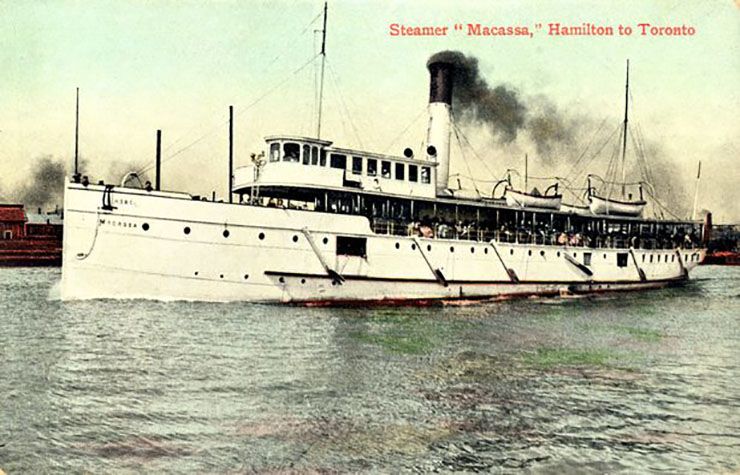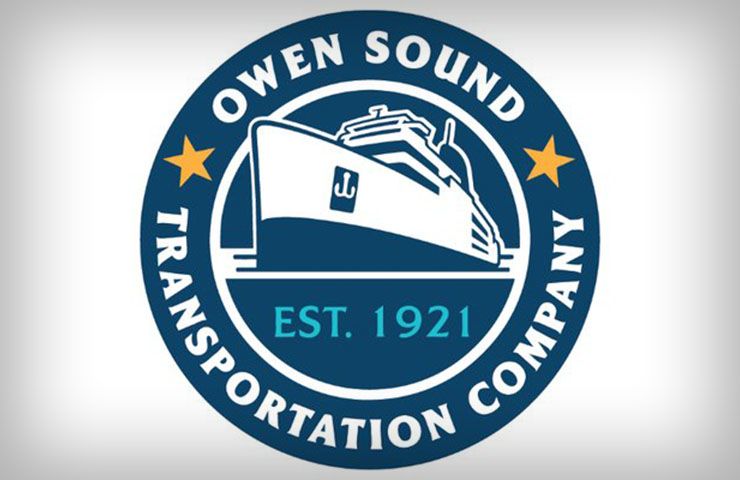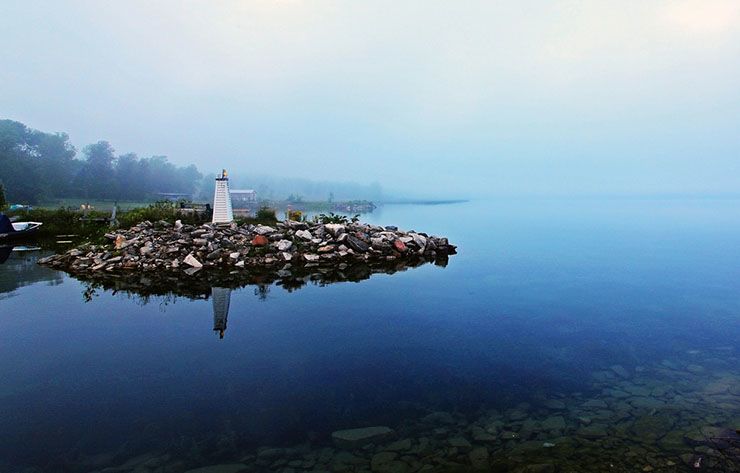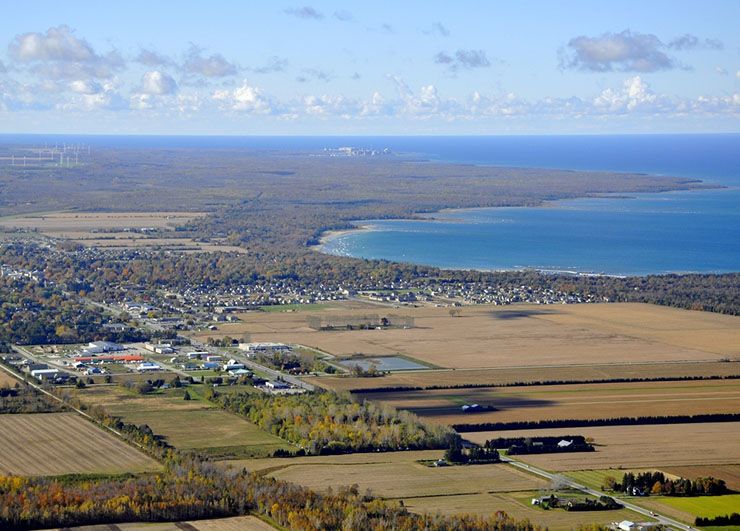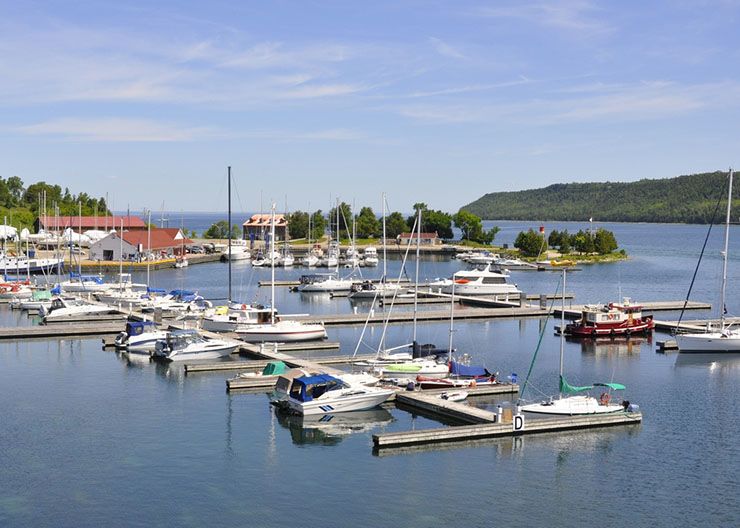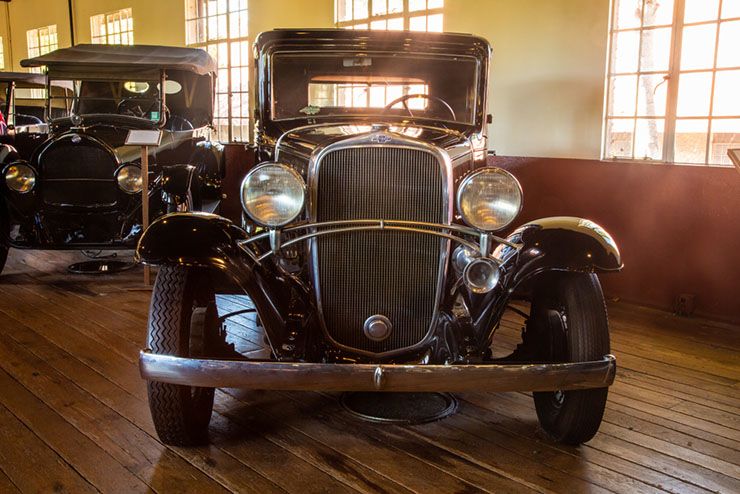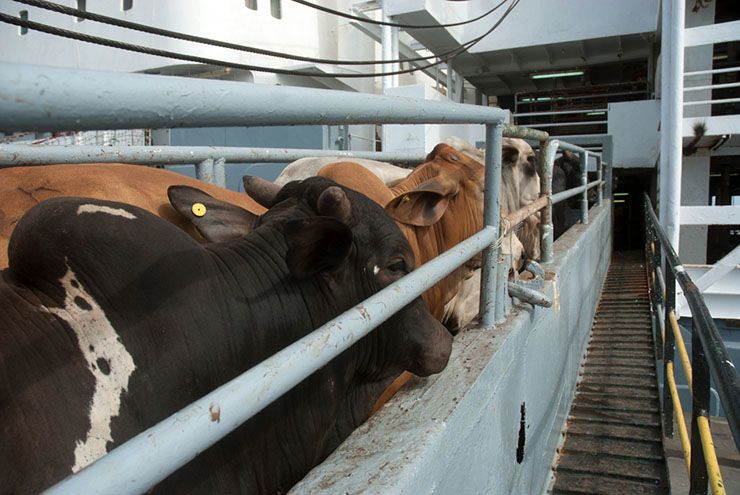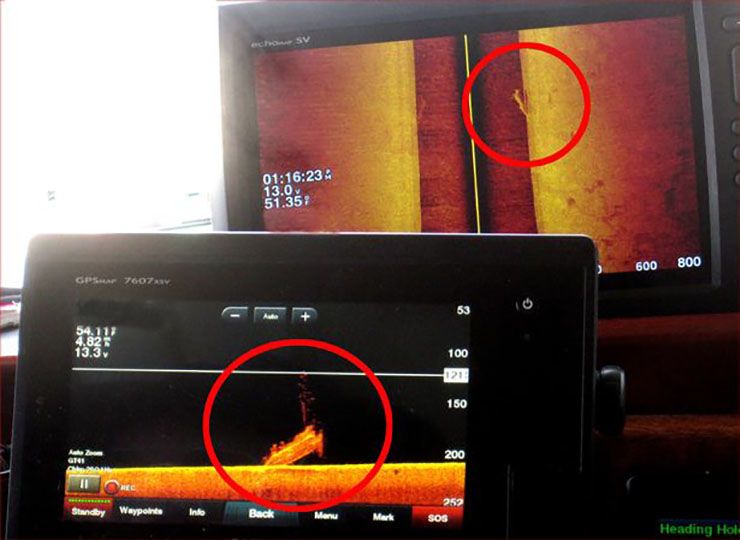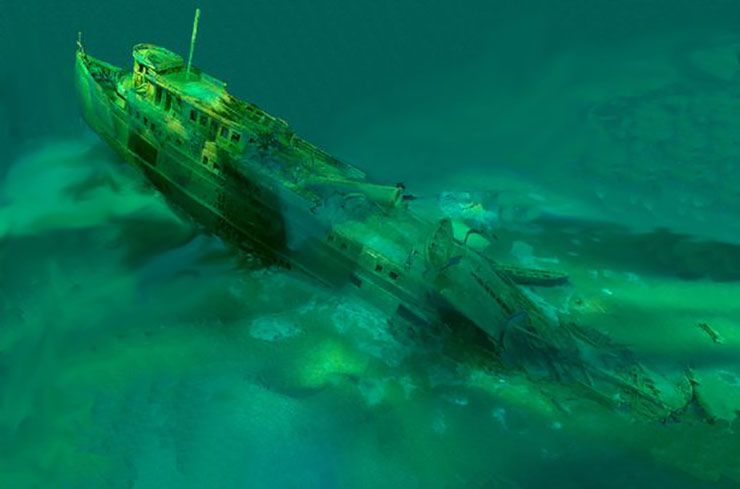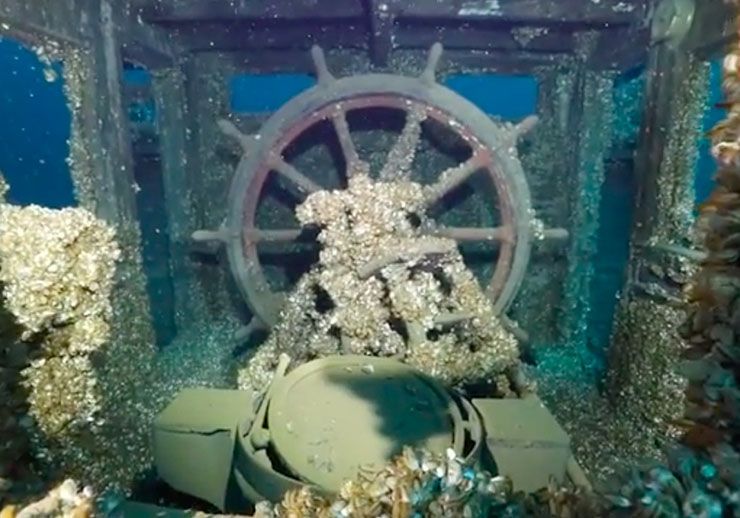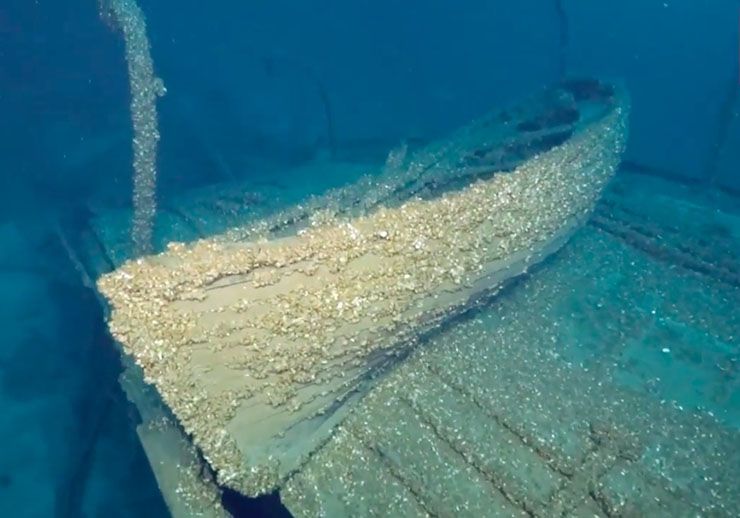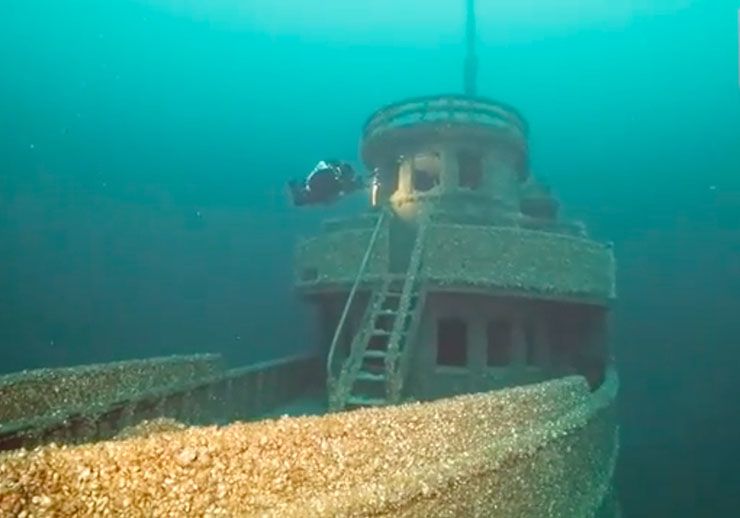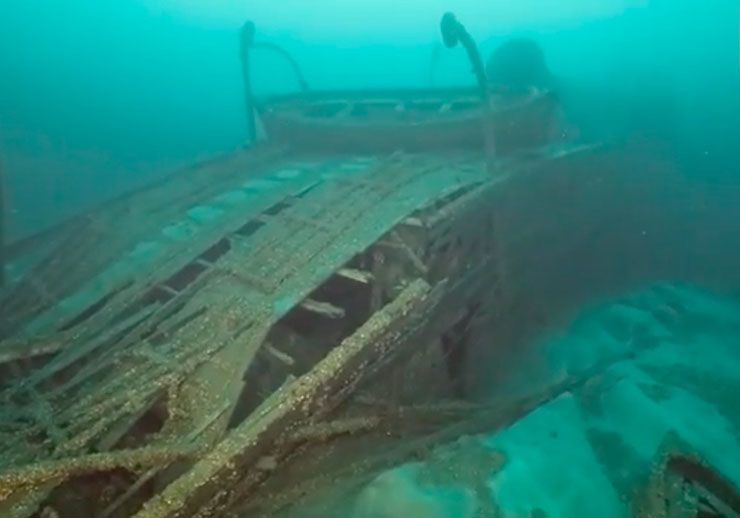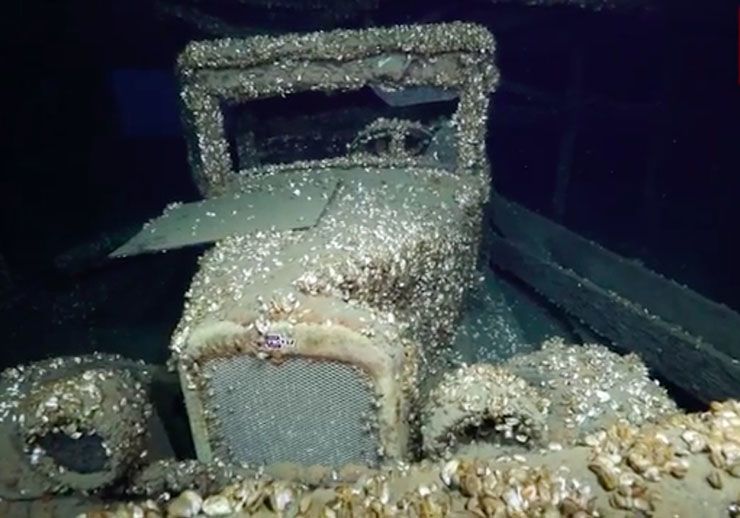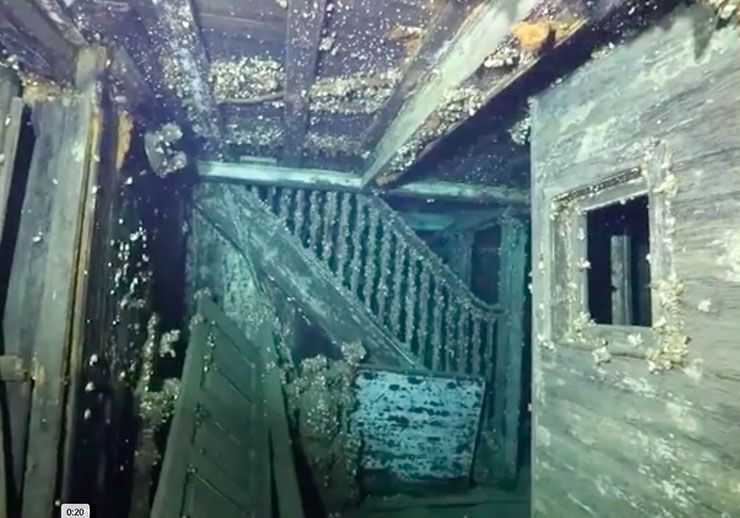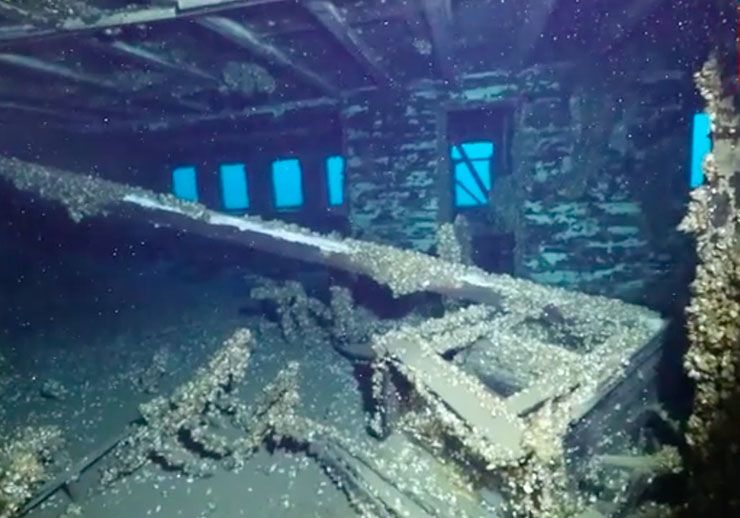Sailors and fishermen are faced with incredible danger and unpredictable conditions while at sea. Before modern technology, those brave enough to risk their lives on the water often relied on myths and superstitions to explain otherwise inexplicable events.
In 1928, a steamboat vanished after encountering a violent storm while transporting passengers and goods on Lake Huron. For decades, the terrifying tale has been shrouded in mystery. However, answers are finally being uncovered 90 years later after shipwreck hunters discovered the doomed ship on the bottom of the lake.
Built For Speed
In June of 1888, the S.S. Macassa arrived in Hamilton, Ontario after being built that very same year by William Hamilton & Co. in Glasgow, Scotland. The steamboat was originally 155 feet long and just 24.1 feet wide. Because it was meant to transport people, the ship was also built to be fast.
A Summertime Ferry
After arriving in Ontario, the Hamilton Steamboat Company put the ship into service. The S.S. Macassa was used as a ferry traveling on Lake Ontario transporting vacationers from Hamilton to Burlington Beach and back throughout the summer months.
Decades Of Service
Over the next few decades, the S.S. Macassa continued to successfully serve as a ferry for vacationers as well as carry cargo between Toronto and Hamilton. At one point, the ship was rebuilt to add length so that more passengers and cargo could be better transported.
Change In Ownership
For 39 years, the S.S. Macassa was owned and operated by the Hamilton Steamboat Company and was used to transport people and cargo. However, that all changed in 1928 when the S.S. Macassa was sold to the Owen Sound Transportation Company.
A New Name
Under new ownership, the ship was renamed the S.S. Manasoo and was transported from Lake Ontario to Lake Huron. The Manasoo was given a new job of making daily runs on Lake Huron between Manitoulin Island and the Sault Ste. Marie area, which was often called ‘The Soo.’
A New Lake
The ship’s new name was a combination of those two destinations. “When new owners moved the vessel to Lake Huron from Lake Ontario in early 1928, they changed the name to Manasoo,” maritime historian Cris Kohl explained in a statement reported by The Sun.
A Successful Year
During its first season under new ownership, the ship was having great success. However, that success was quickly forgotten because of what happened during a trip in early September of 1928. According to records, the ship was supposed to be transporting cargo from Canada’s Manitoulin Island.
The Final Voyage
The then 178-foot ship had been carrying 21 crew members and passengers. It had also been carrying a cargo of 116 cattle and a pristine 1927 Chevrolet Coupe. In total, the cargo that had been loaded onto the ship was estimated to weigh about 60 tons.
Precious Cargo
The cargo of cattle and the Chevrolet Coupe belonged to Donald Wallace, who had also been a passenger on the ship. After purchasing the cattle, Wallace planned to transport the herd from Manitoulin to the mainland. Once on the mainland, he planned to sell the cattle for a profit.
A Small Fortune
“In all, he bought about $5,600 worth, and had only about $300 left in his pocket at the end of the buying spree,” an account of the doomed voyage explained in a collection, Steamboat Stories. The cows had been loaded onto the main deck into four pens with enough room for them to turn around.
Mistaken Trust
“This was Wallace’s first experience to transport cattle by boat,” the account explained. “He noticed that unlike transport by railway box cars where bedding was hay, bedding on the Manasoo was sawdust, pen slats were not nailed to posts, they were tied and knotted with rope to metal stanchions, and pens had two plank slats instead of four or five. He said nothing as he figured the crew knew what they were doing.”
A Violent Storm
The ship and the precious cargo left Manitoulin Island on September 14, 1928. It headed for Owen Sound, but tragically the ship encountered a bad storm. In the windy conditions and large waves, the boat started leaning too far to one side and rapidly sank at 2 am on September 15.
A Last-Ditch Effort
When Captain John McKay realized what was happening, he turned toward a nearby island. Unfortunately, the ship sank so quickly that they didn’t even get close to land. “The events that followed happened within approximately three minutes; firstly the captain realizing that something was very wrong, sent the first mate below to find out what was happening,” a local newspaper explained in 1928.
No Hope
“Before the mate got back on the bridge, the captain had swung the wheel towards land, hoping to beach the ship on the island,” the article explained. “Before any headway was made, however, the engines stopped, water pouring into the engine room had put out the fires. The mate, on getting back on deck after seeing that the ship was doomed, ordered the lifeboats lowered.”
The Survivors
Only one lifeboat was lowered before the ship sank. Tragically, only the captain, four sailors, and one passenger, Donald Wallace, escaped and survived. The group was then forced to drift in the life raft for 60 hours before being rescued by a passing steamboat. During that time, one of the survivors, chief engineer Thomas McCutcheon, died from exposure to the elements.
The Rescue Mission
Soon after the ship sank, rescuers attempted to look for survivors. “No quest devoted to the saving of human lives was … ever carried out more unselfishly and more faithfully,” local historian William Fox wrote in 1952. “To the deep regret of all who were engaged in it, not another survivor of the disaster was found.”
90 Years Later
For decades after the wreck, the shipwreck has been shrouded in superstition. Until recently, the ship’s location has even been a mystery. In 2018, however, Maritime historian Cris Kohl and shipwreck hunters Ken Merryman and Jerry Eliason discovered the ship 200 feet below the surface. For the last 90 years, the ship has been left untouched at the bottom of Lake Huron off the coast of Griffith Island in Ontario.
A Unique Discovery
While no animal or human remains were found, the car that had been loaded onto the ship was still intact, although now covered in mussels. “It is very rare to see a car, an automobile, on a shipwreck,” Kohl said. “The very unique thing about the wreck of the Manasoo is that it sits on the lake bottom at the very same dramatic angle at which it sank,” said Merryman added. “The stern is embedded up to its railing in the soft bottom, while the bow points up towards the surface, rising high above the lake bottom.”
A Cursed Ship
Now, there are a couple theories about why the ship sank. The first is that the Manasoo was cursed once it was renamed by its new owners. “There is a long-held superstition among sailors that if someone changes the name of a ship, that person and/or that ship will encounter bad luck,” the shipwreck hunters said in a statement. “Under its new name, the vessel lasted less than one year before sinking with tragic results in September 1928. The Manasoo proved to be a classic example of the bad luck that will plague a vessel after its name has been changed.”
A Compromised Design
The other possible explanation for the ship sinking had to do with the fact that it became less stable even in calm waters after the extension was added to the ship. When it encountered the storm, the ship began to lean and leaned too far as the cattle shifted the weight on deck to one side. This second theory sounds more plausible then the first, though no one knows for sure what happened.
